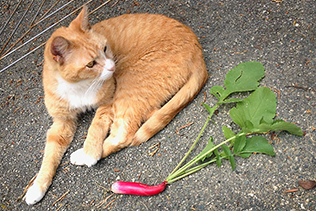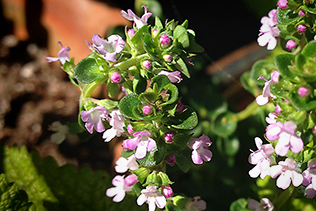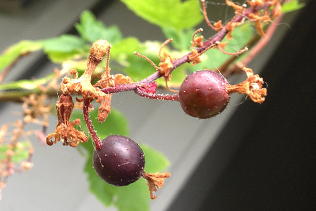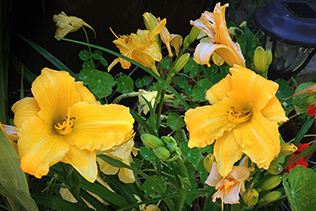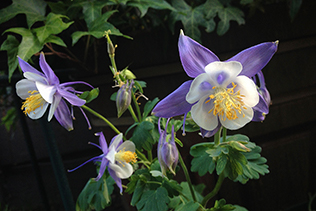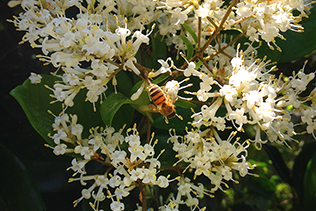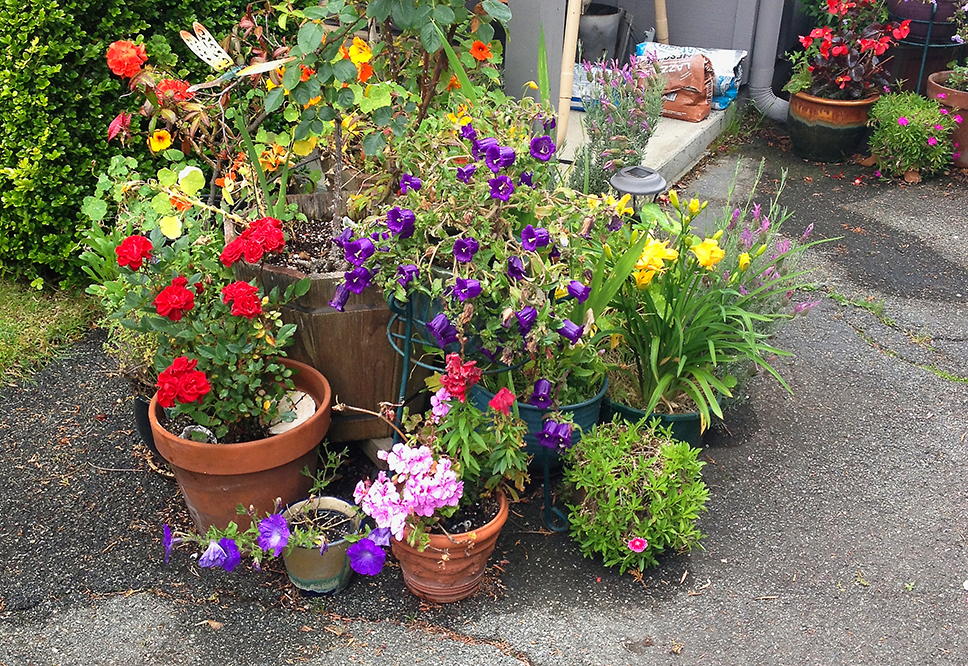
“It is the month of June, The month of leaves and roses, When pleasant sights salute the eyes and pleasant scents the noses.”
– Nathaniel Parker Willis
– Nathaniel Parker Willis
6/11/19:
It's already nearly summer, and I'm writing only the 7th blog post so far this year. It seems my focus has shifted a bit, more towards reading/research, and into posting my photos as “Flower of the Day” on Twitter and Instagram on a near-daily basis.
Certainly the gardening itself has not been on hiatus! April and May were really busy. An excellent balance of warm sun and precipitation has resulted in lush growth everywhere in our yard. I'm trying to be vigilant with fertilizing, watering when it isn't raining, weeding, trimming, and thinning/repotting my quick-growing seedlings.
I've given particular attention to tomatoes and radishes this spring. There are 8 tomato plants this year, 7 are an heirloom cherry variety grown from seed, and I purchased one of the Better Boy variety as a 4" tall seedling. I treated these with Maximato fertilizer, and am happy to see them rapidly growing taller and leafier, with flowers opening on the largest one.
Certainly the gardening itself has not been on hiatus! April and May were really busy. An excellent balance of warm sun and precipitation has resulted in lush growth everywhere in our yard. I'm trying to be vigilant with fertilizing, watering when it isn't raining, weeding, trimming, and thinning/repotting my quick-growing seedlings.
I've given particular attention to tomatoes and radishes this spring. There are 8 tomato plants this year, 7 are an heirloom cherry variety grown from seed, and I purchased one of the Better Boy variety as a 4" tall seedling. I treated these with Maximato fertilizer, and am happy to see them rapidly growing taller and leafier, with flowers opening on the largest one.
Clicking on the thumbnails below will show the full photo in a new window.
